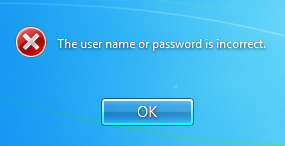
If time permits, they will clean up their activities to remain undetected. Threat actors will customarily pursue the path of least resistance. Once the initial infiltration has been successful, threat actors will typically perform surveillance and wait for the right opportunity to continue their mission. An attacker could gain this beachhead by leveraging missing security patches, social engineering, or other methods. Privilege escalation attacks start by threat actors gaining a foothold within the environment. In 2020, elevation of privilege vulnerabilities comprised 44% of all Microsoft vulnerabilities, according to the Microsoft Vulnerabilities Report 2021. Achieving vertical privilege escalation could require the attacker to perform a number of intermediary steps (i.e., execute a buffer overflow attack, etc.) to bypass or override privilege controls, or exploit flaws in software, firmware, the kernel, or obtain privileged credentials for other applications or the operating system itself. This entails moving from a low-level of privileged access to a higher amount of privileged access.


With each new horizontal account compromised, an attacker broadens their sphere of access with similar privileges. This action is referred to as “account takeover.” Typically, this would involve lower-level accounts (i.e., standard user), which may lack proper protection.

Horizontal privilege escalation involves gaining access to the rights of another account-human or machine-with similar privileges.Often confused with each other, these terms are defined as follows: Privilege escalation attacks are separated into two broad categories-horizontal privilege escalation and vertical privilege escalation. Vertical vs Horizontal Privilege Escalation


 0 kommentar(er)
0 kommentar(er)
